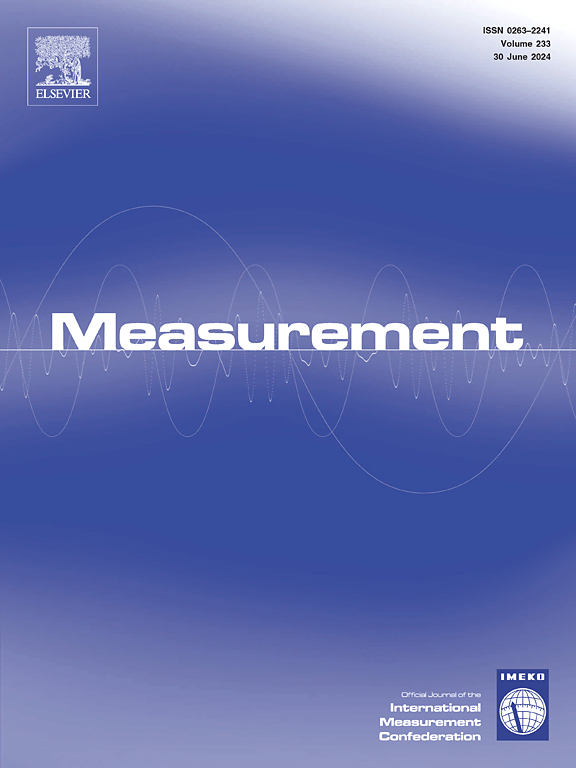Deep learning for surface crack detection in civil engineering: A comprehensive review
IF 5.2
2区 工程技术
Q1 ENGINEERING, MULTIDISCIPLINARY
引用次数: 0
Abstract
Ensuring the safety of civil engineering structures requires the adoption of advanced crack detection techniques, with deep learning offering a highly effective solution to overcome the limitations of traditional manual inspection methods. This systematic review critically evaluates contemporary deep learning techniques for detecting surface cracks in civil structures, highlighting their applications and challenges. Beginning with an analysis of publicly available crack datasets and evaluation metrics, the study lays a foundation for advancing crack detection research. It then examines various deep learning approaches, including classification, recognition, and segmentation tasks. Special focus is given to applications in key civil engineering domains such as roads, bridges, and tunnels. Notably, the DCUFormer model achieved the highest average Intersection over Union (mIoU) of 0.821 and an F1-Score of 0.894 on the Crack500 dataset, positioning it as the most effective model for road structure crack detection to date. The review also explores persistent challenges, including dataset scarcity and imbalance, evaluation method standardization, accurate damage assessment, crack propagation prediction, and the integration of real-time, multi-source sensing systems with edge AI technologies. By providing a comprehensive overview of the state-of-the-art in deep learning for crack detection, this paper enhances the understanding of its capabilities and limitations, offering valuable insights for scholars and industry practitioners in this critical research area.
深度学习在土木工程表面裂纹检测中的应用综述
确保土木工程结构的安全需要采用先进的裂缝检测技术,深度学习为克服传统人工检测方法的局限性提供了高效的解决方案。这篇系统的综述批判性地评估了当代用于检测土木结构表面裂缝的深度学习技术,强调了它们的应用和挑战。从分析公开可用的裂缝数据集和评估指标开始,本研究为推进裂缝检测研究奠定了基础。然后研究各种深度学习方法,包括分类、识别和分割任务。特别关注在关键土木工程领域的应用,如道路、桥梁和隧道。值得注意的是,DCUFormer模型在Crack500数据集上实现了最高的平均交叉口交叉口(mIoU) 0.821和F1-Score 0.894,使其成为迄今为止最有效的道路结构裂缝检测模型。该综述还探讨了持续存在的挑战,包括数据集的稀缺性和不平衡性、评估方法的标准化、准确的损伤评估、裂纹扩展预测,以及实时、多源传感系统与边缘人工智能技术的集成。通过全面概述深度学习在裂纹检测方面的最新进展,本文增强了对其能力和局限性的理解,为这一关键研究领域的学者和行业从业者提供了有价值的见解。
本文章由计算机程序翻译,如有差异,请以英文原文为准。
求助全文
约1分钟内获得全文
求助全文
来源期刊

Measurement
工程技术-工程:综合
CiteScore
10.20
自引率
12.50%
发文量
1589
审稿时长
12.1 months
期刊介绍:
Contributions are invited on novel achievements in all fields of measurement and instrumentation science and technology. Authors are encouraged to submit novel material, whose ultimate goal is an advancement in the state of the art of: measurement and metrology fundamentals, sensors, measurement instruments, measurement and estimation techniques, measurement data processing and fusion algorithms, evaluation procedures and methodologies for plants and industrial processes, performance analysis of systems, processes and algorithms, mathematical models for measurement-oriented purposes, distributed measurement systems in a connected world.
 求助内容:
求助内容: 应助结果提醒方式:
应助结果提醒方式:


